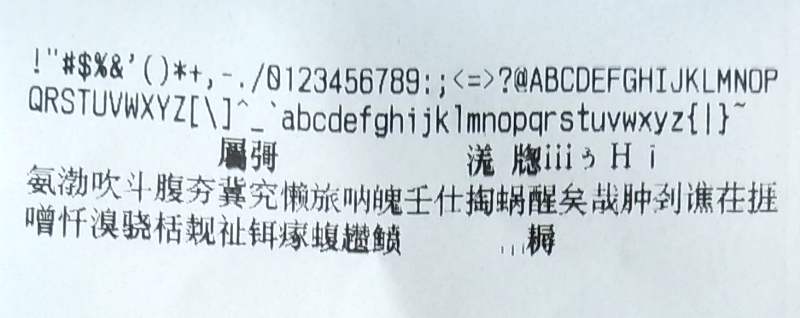Hi, a customer has some portable bluetooth printers that only print English and Chinese characters.
I need to print these characters:
The printers are ESC/POS compatible, but the characters are "cut out" in all the codepages and there are no characters from other languages.
I made a question to the manufacturer and he has indicated that I must use the graphic mode to get these characters to print.
Can anyone explain to me how to do this?
Thank you very much.
I need to print these characters:
á é í ó ú Á É Í Ó Ú ñ Ñ ç Ç €
The printers are ESC/POS compatible, but the characters are "cut out" in all the codepages and there are no characters from other languages.
I made a question to the manufacturer and he has indicated that I must use the graphic mode to get these characters to print.
Can anyone explain to me how to do this?
Thank you very much.
Last edited:

